The increasing stress of modern lifestyles has sparked a significant shift towards wellness hacking within the beauty industry. Consumers are actively seeking holistic treatments that not only enhance their wellbeing but also indirectly improve skin quality. From IV drips combating fatigue to aesthetic treatments in wellness spas, this trend is gaining momentum. This article explores how these innovative practices are being integrated into beauty routines and the rising interest in holistic skincare solutions.
Table of Contents
● The rise of IV drip therapies
● Wellness spas and aesthetic treatments
● Alternative therapies in skincare
● Integrating wellness hacking into product offerings
● The influence of NAD+ in beauty products
The rise of IV drip therapies
In response to the modern epidemic of stress and fatigue, IV drip therapies have emerged as a popular wellness hack in the beauty industry. Clinics such as NADclinic in London are at the forefront, offering bespoke IV treatments like NAD+ and glutathione drips designed to combat fatigue and improve overall wellbeing. These treatments provide a direct infusion of nutrients, making them more effective than traditional supplements.
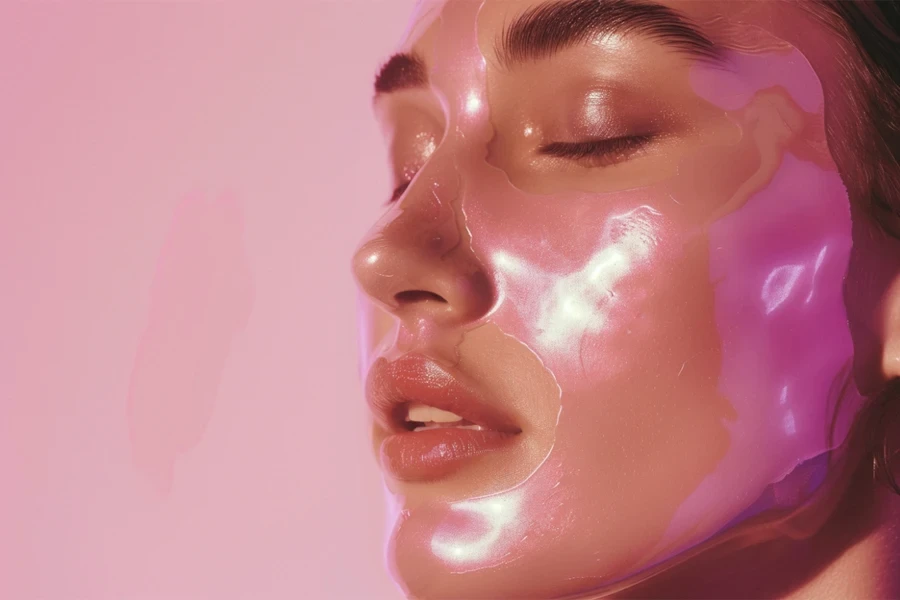
The popularity of IV drips is partly due to their ability to offer immediate results, including enhanced energy, better hydration, and improved skin appearance. Consumers appreciate these quick wellness boosts that also contribute to long-term skin health by detoxifying and replenishing essential vitamins and antioxidants. As this trend continues to grow, it represents a significant opportunity for beauty businesses to integrate wellness into their service offerings, potentially partnering with clinics or developing at-home IV-like supplements that cater to the health-conscious consumer.
Wellness spas and aesthetic treatments
Wellness spas are evolving beyond traditional relaxation treatments to incorporate aesthetic enhancements that leverage cutting-edge biohacking techniques. An exemplar of this trend is Dr. Vali’s 360 Experiential Centre located in London’s Selfridges, which merges medical science with holistic wellness to enhance mental and physical health. Treatments at such centers typically focus on improving focus, sleep, and energy levels, with a strong emphasis on enhancing skin quality.
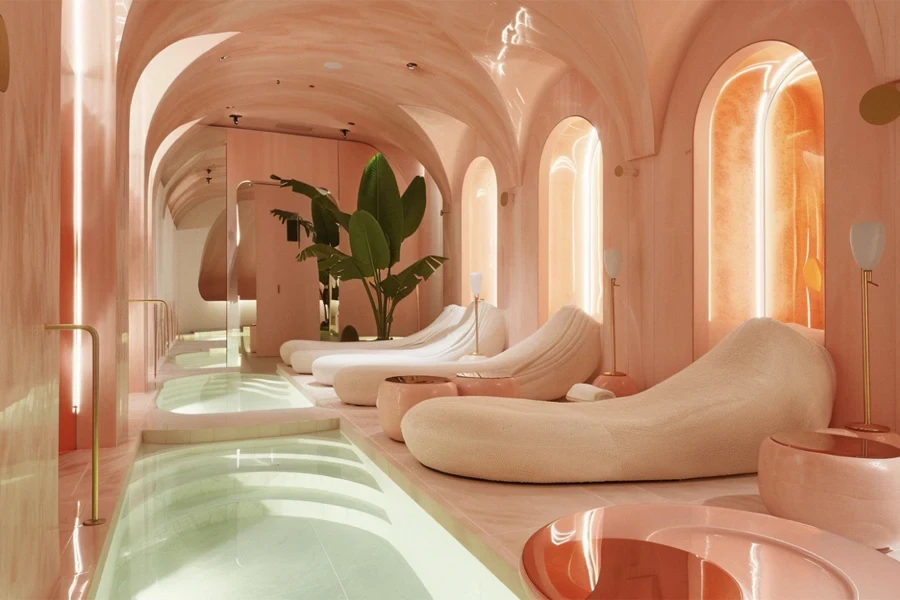
This holistic approach appeals to consumers who seek comprehensive solutions in one setting. The success of these spas indicates a shift towards multifunctional wellness environments where beauty and health are intertwined, providing ample opportunities for beauty brands to collaborate with wellness centers. By adopting similar biohacking strategies, beauty brands can create innovative products that mimic the effects of these spa treatments, such as skincare that improves sleep quality or enhances mental clarity.
Alternative therapies in skincare
Interest in alternative therapies and mystical practices is influencing the beauty industry, driving brands like Lush to integrate these elements into their products and services. Lush’s approach includes a spa menu that combines relaxation techniques with a touch of mysticism, appealing to consumers drawn to novel and holistic experiences. This trend is fueled by a wider acceptance of diverse cultural practices and the rising curiosity about ancestral knowledge and its applications in modern wellness.
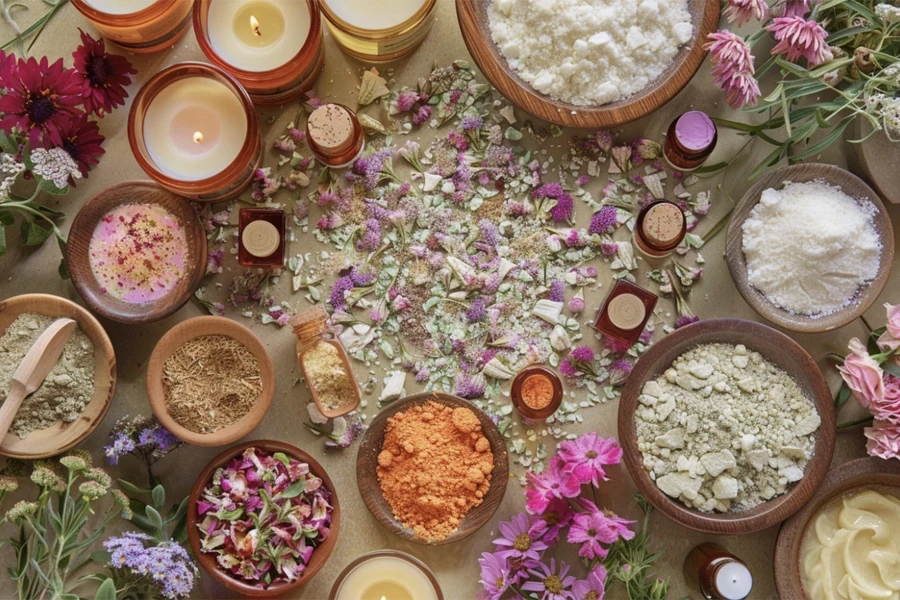
As consumers become more open to exploring different wellness philosophies, there is a growing market for products that incorporate these alternative beliefs into their formulations. For example, using ingredients known for their spiritual significance or incorporating rituals that enhance the user’s emotional and physical wellbeing. This trend offers beauty brands a unique angle to differentiate their products in a crowded market by embracing cultural heritage and alternative health practices.
Integrating wellness hacking into product offerings
To effectively tap into the wellness hacking trend, beauty brands should consider how to replicate the spa experience in consumer homes. This involves developing products that not only cater to basic skincare needs but also provide an enhanced sensory experience. Products like at-home light therapy devices, massage applicator tools, and hedonistic scents can transform routine beauty treatments into luxurious, restorative experiences.
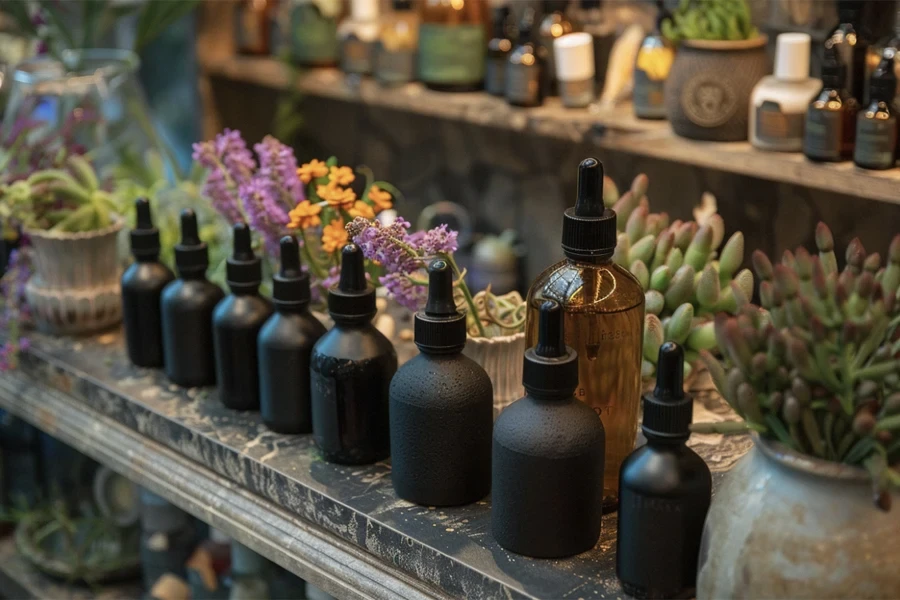
These products should aim to titillate the senses while providing tangible health benefits, such as improved skin tone, relaxation, and better sleep quality. By offering these innovative products, brands can cater to the growing demand for at-home wellness solutions that are both effective and indulgent. Marketing these products as part of a larger wellness routine can help brands connect with consumers on a deeper level, promoting a holistic approach to beauty and health.
The influence of NAD+ in beauty products
NAD+, a coenzyme found in all living cells, is becoming a star ingredient in the beauty industry due to its role in cellular health and regeneration. With its proven benefits in boosting energy levels and reducing signs of aging, NAD+ has captured the attention of both consumers and professionals in the beauty market. As a result, there is a significant rise in the availability of NAD-infused at-home supplements and skincare products.
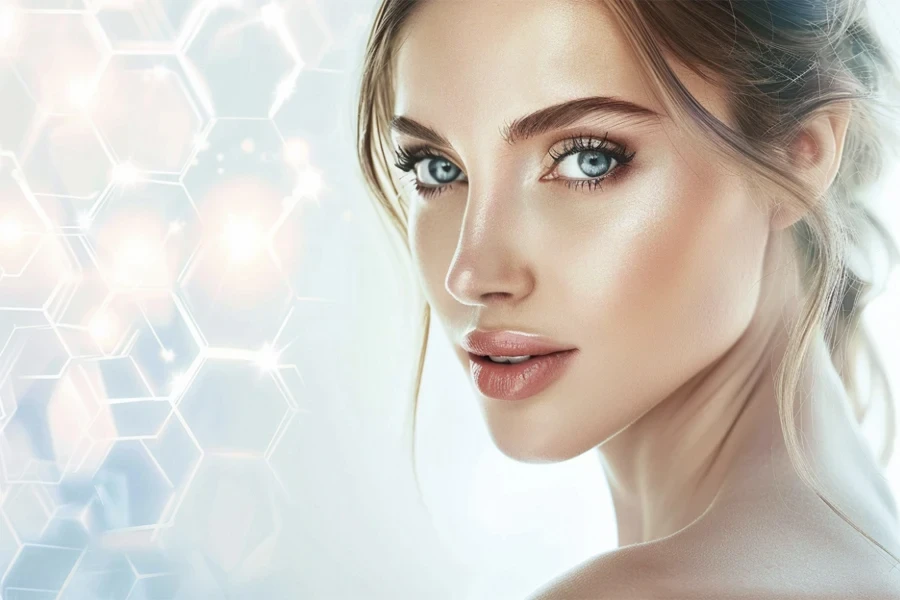
These products promise to harness the regenerative powers of NAD+ to improve skin elasticity, reduce wrinkles, and enhance skin brightness. The trend towards incorporating scientific advancements into beauty regimens is growing, and NAD+ is at the forefront, offering a potent blend of science-backed benefits that appeal to health-conscious consumers. Beauty brands that invest in developing and marketing NAD+-infused products can gain a competitive edge by meeting the demands of consumers looking for high-efficacy, scientifically proven skincare solutions.
Conclusion
The integration of wellness hacking into the beauty industry represents a significant shift towards holistic health solutions, driven by growing consumer demands for products that enhance both appearance and overall wellbeing. Innovations such as IV drip therapies, wellness spas, and alternative skincare treatments reflect a market increasingly focused on comprehensive health benefits. The rise of ingredients like NAD+ highlights a trend towards products that combine efficacy with luxury, appealing to consumers seeking deep, impactful wellness benefits. For industry professionals, embracing these trends is crucial to attract a discerning consumer base and foster brand loyalty. Wellness hacking is not just a trend but a fundamental shift in the beauty industry, blending health with aesthetics to meet modern consumer preferences. This evolution presents vast opportunities for innovation and growth, marking a future where beauty and wellness are inextricably linked.




